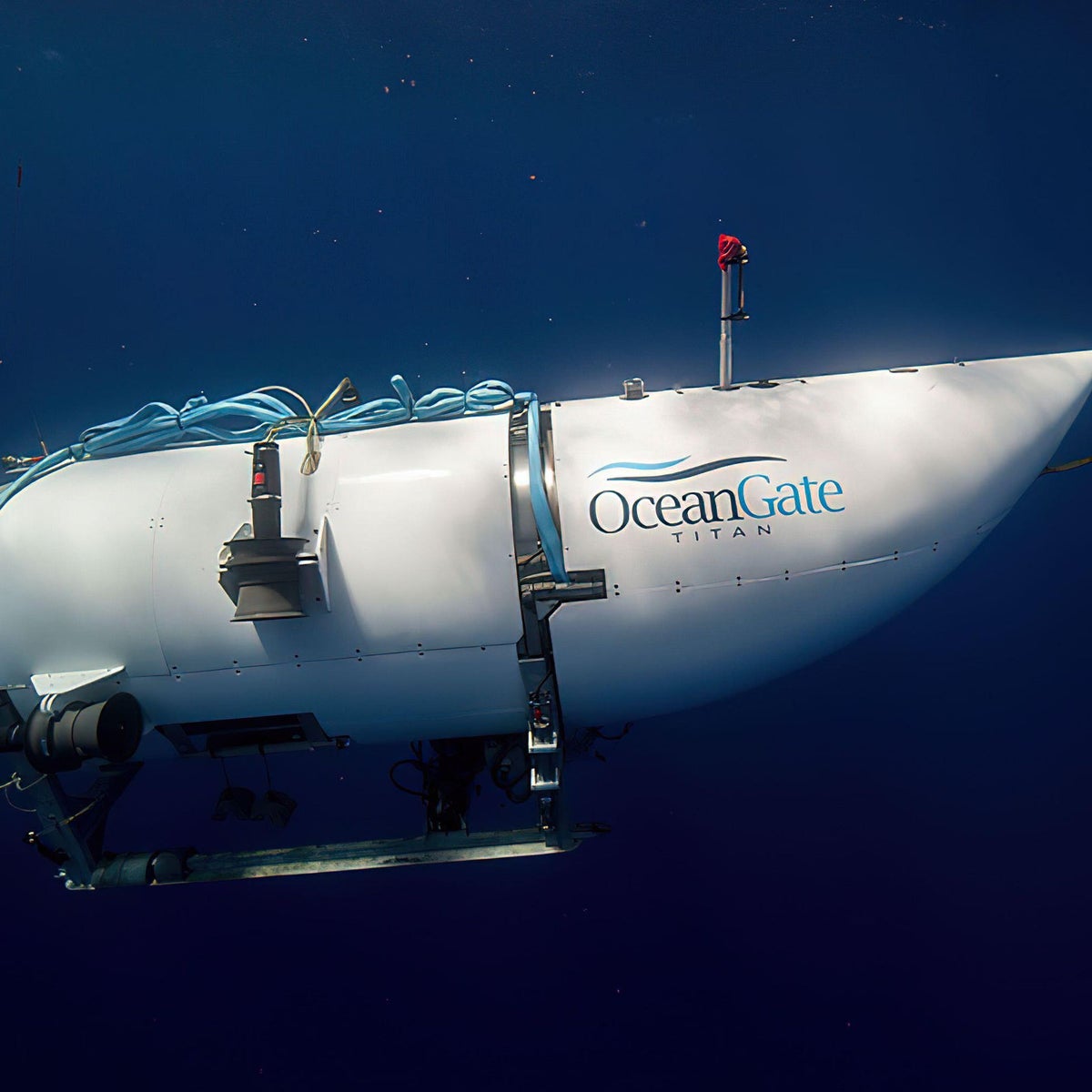The disappearance of the five-person crew aboard the OceanGate Explorations vessel during their exploration of the Titanic wreckage has sparked concerns and raised questions about their survival. As the hours tick by and the oxygen levels deplete, fears intensify. In this article, we delve into the latest updates on the search efforts and consider the insights of an experienced retired former Royal Navy Clearance Diver, who casts doubt on the crew's chances of survival due to the potential threat of carbon dioxide poisoning.
Uncovering the Details:
The OceanGate Explorations vessel embarked on its mission with a reported 96 hours of breathable oxygen on board. However, only an hour after its departure, the vessel vanished, leaving authorities puzzled and loved ones anxious. With each passing moment, the limited oxygen supply diminishes, and the urgency to locate the crew intensifies.
Carbon Dioxide Poisoning Concerns:
A retired former Royal Navy Clearance Diver, who possesses valuable expertise in underwater operations, has expressed doubts about the crew's survival. The retired diver, whose identity remains undisclosed, speculates that carbon dioxide poisoning may have already claimed the lives of the crew members. This possibility arises due to the confined nature of the vessel and the potential for the accumulation of carbon dioxide.
The Threat of Carbon Dioxide:
Carbon dioxide (CO2) is a colorless and odorless gas that can be fatal in high concentrations. In a closed environment such as a submarine, the continuous respiration of the crew can result in an accumulation of carbon dioxide. If the submarine's ventilation system malfunctions or fails to effectively remove the gas, the crew could face the risk of carbon dioxide poisoning. Symptoms include dizziness, headaches, confusion, and, in severe cases, unconsciousness and death.
Race Against Time:
With the estimated air supply running out around 10 or 11 am on Thursday morning (June 22), the search and rescue teams face a critical race against time. The desperate need to locate the missing vessel and its crew hinges on overcoming numerous challenges, including the vast depths of the ocean and the limited visibility in the area. As the clock ticks, efforts to pinpoint the precise location of the submarine intensify, drawing on the expertise of divers, advanced sonar technology, and specialized underwater vehicles.
The disappearance of the Titanic submarine explorer vessel and its five-person crew has gripped the world with concern and uncertainty. As authorities tirelessly work to locate the missing vessel, the possibility of carbon dioxide poisoning looms as a grim reality. The insights shared by the experienced retired former Royal Navy Clearance Diver highlight the potential dangers faced by the crew, casting doubt on their survival. As the hours dwindle, the search intensifies, driven by a race against time to save lives and bring answers to the anxious families awaiting news of their loved ones' fate.






.png)




